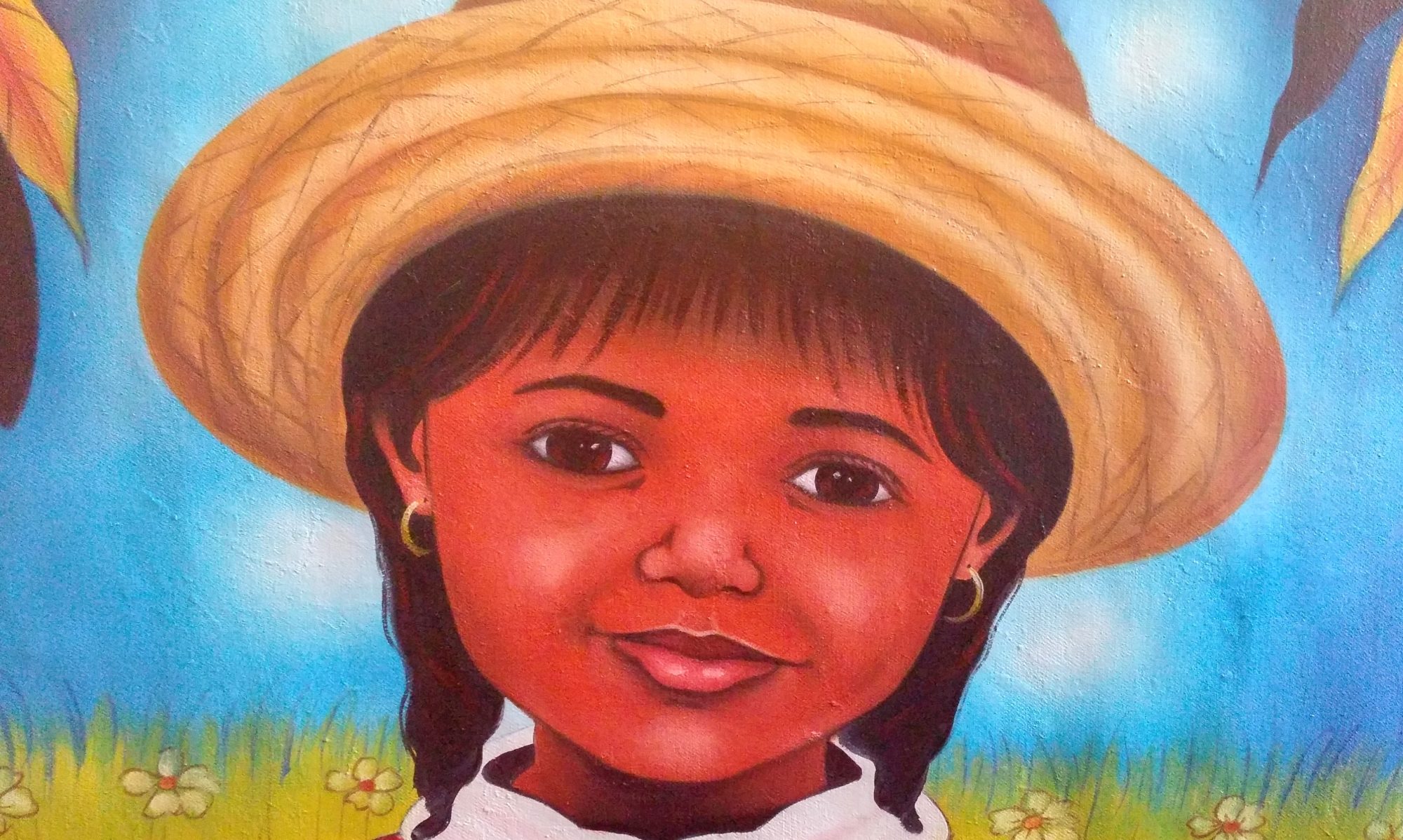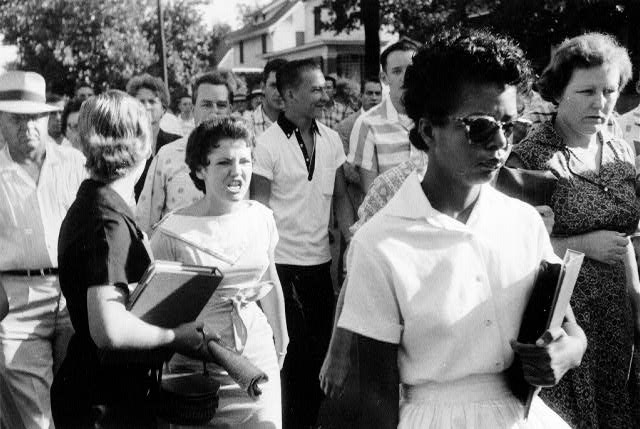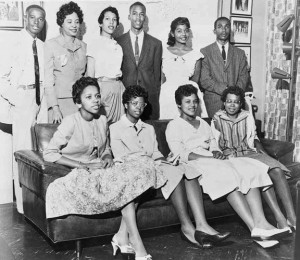 It was supposed to be the beginning of a new school year: a season pregnant with expectation and optimism–not a time to be caught in other people’s petty, stale, and violent wars.
It was supposed to be the beginning of a new school year: a season pregnant with expectation and optimism–not a time to be caught in other people’s petty, stale, and violent wars.
The year was 1957. Teachers, good and refreshed after well-deserved summer vacations, had prepared thoughtful and engaging lessons based on students’ individual learning styles. They would level the playing field by meeting students at their point of readiness; they would explain the value of a good education. They would grade papers and mark in the margins suggestions for improvements.
Governor Orval Eugene Faubus–hellbent on preventing black and white students from sitting together in the same classroom–had prepared his own engaging lesson. He would attempt to implement it so meticulously that it would take federal troops to convince him to modify it. Students deserved the same opportunity to thrive, but the Governor disagreed and planned to acquaint the world with what he considered a valid argument.
Uncertain of his own power to defy the Supreme Court ruling that outlawed segregation (Brown v. Board of Education), Governor Faubus summoned the Arkansas National Guard to prevent student Elizabeth Ann Eckford from entering the school building. For extra reinforcement, mobs of grown men, women, and their children–armed with clubs, stinging insults, and the venomous spit of their mouths–gathered to provide extra reinforcement. The Little Rock Nine would enter the school only over their dead bodies; and they did not plan to die. They would refuse to give up their brutal fight. The only resolution, as far as they were concerned, would be to inform those too stubborn to understand the prevailing rule: Black and white did not mix. Black children and white children would not sit together in the same classroom. They would not risk some bleeding-heart teacher to lavish upon the blacks the education they did not deserve anyhow.
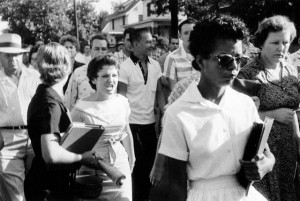 Elizabeth Eckford had wanted only to go to school–like most ‘normal’ high school students. Holding her books securely against her chest, she took careful steps toward Central High’s front door. She did not care about the political statement which her unwanted presence brought forth. She wanted only to read, write, excel–just like everyone else in America whose birthright was to receive whatever education the school could provide.
Elizabeth Eckford had wanted only to go to school–like most ‘normal’ high school students. Holding her books securely against her chest, she took careful steps toward Central High’s front door. She did not care about the political statement which her unwanted presence brought forth. She wanted only to read, write, excel–just like everyone else in America whose birthright was to receive whatever education the school could provide.
Bullies disguised as everyday white folk had gathered to teach Elizabeth their own well-planned and rigorous lesson. Their objective: Student will be so completely traumatized and terrorized that she will run/walk/stumble as far away from Central High and everyone’s sight as swiftly as possible.
The bullies won that September morning. They pumped their fists and spat as Elizabeth walked back to her bus stop, leaving Little Rock’s Central High School. The girl’s face was set like stone. But like any stone thrown violently into a body of water, Elizabeth Eckford caused concentric circles that would spread to this day.
When Elizabeth returned to Central High weeks after she was forced to flee, eight other determined students had joined her. The hate-mobs returned as well, but they were like paper dolls in a hurricane. The winds of change would scatter them; history would be made.
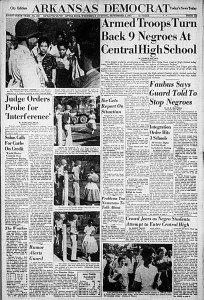 Millions of black students walk into schools today with an opportunity to learn because The Little Rock Nine had challenged the status quo. Elizabeth and her schoolmates were like nine stones hurled into the seemingly infinite ocean of racism, causing concentric circles to spread so far and so wide within the Civil Rights Movement that we see them even today.
Millions of black students walk into schools today with an opportunity to learn because The Little Rock Nine had challenged the status quo. Elizabeth and her schoolmates were like nine stones hurled into the seemingly infinite ocean of racism, causing concentric circles to spread so far and so wide within the Civil Rights Movement that we see them even today.
This Black History Month, VoicesfromHaiti honors Melba Pattillo Beals, Minnijean Brown, Elizabeth Ann Eckford, Ernest Green, Gloria Ray Karlmark, Carlotta Walls LaNier, Themlma Mothershed, and Terrence Roberts: The Little Rock Nine who risked their lives for a chance to go to school.
Nowadays when I walk through a metal detector to teach a group of high school students at a school in South East Baltimore, I think about the nine students whose decision it was to better themselves against stiff opposition. Nowadays, as I fear for my safety while attempting to teach a class, I wonder what the nine students would make of present day’s outrageously violent school culture. Everyday when certain students come to certain schools, they hurl the same venomous words at their teaches which the angry mob had fired at Elizabeth and her classmates. I wonder if certain high school kids today know how lucky they are to be able to walk into a building where teachers prepare lessons which they cannot implement, due to students’ incessant interruptions. In hallways heavily guarded with security guards and other police personnel, fights and cell phones blasting music, pants with a mind of their own are the norm. Students who are out of jail on the condition that they wear the box around their ankles, proudly show them off. How special they are to have every monitored step they take move them in the direction which Elizabeth and the others nearly died to avoid.
